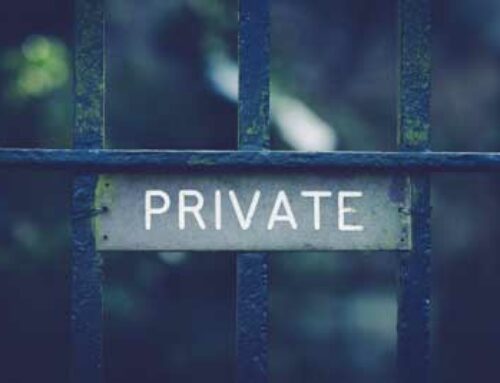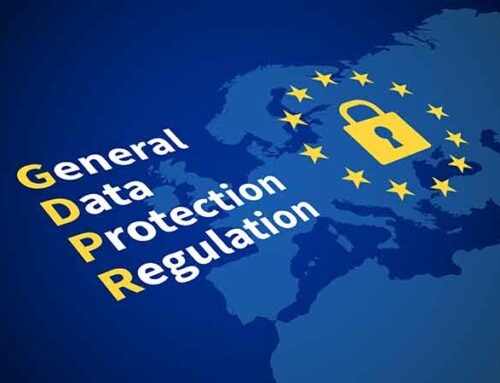 Do you know what a ZIP code stands for? Zone Improvement Program. It was created back in 1963 by a Philadelphia Postal Inspector named Robert Moon. He realized that the US Postal Service’ system was outdated and could not handle the increasing mail volume with the urban and suburban expansion.
Do you know what a ZIP code stands for? Zone Improvement Program. It was created back in 1963 by a Philadelphia Postal Inspector named Robert Moon. He realized that the US Postal Service’ system was outdated and could not handle the increasing mail volume with the urban and suburban expansion.
The earliest ZIP codes were only 2 digits, identifying city and state. It wasn’t long before that was found to be insufficient and a new 5-digit code was assigned to every address in the US.
In 1983, the USPS had to expand their system again due to the increased population. They had to come up with new ways to adapt to their increased volume of mail, and that’s when the ZIP+4 was born. A 9-digit Zip Code can uniquely identify a half-dozen properties or even a single building somewhere in the United States.
You can break down a 9-digit ZIP code in two parts:
- The first 5 digits points to the area of the country and the delivery route or post office to which the mail is directed.
- The sixth and seventh digits represent a delivery sector, which may be several blocks, streets, buildings or a small geographical area.
- The last digits indicate a delivery area down to a few block radius.
What are the benefits of having a ZIP+4?
- You can increase the delivery speed by one or two days with increased accuracy.
- Using a ZIP+4 reduces the number of times your mail is handled and decreases the chance of an error in delivery.
- They require validation; you can be sure an address exists if it has a ZIP+4 attached to it.
- You can get bulk mailing discounts.
JR Direct is capable of checking the deliverability of every address in the US as well as worldwide and can obtain the best mailing lists to suit your business needs. Reach out to learn how JR Direct can help you.






